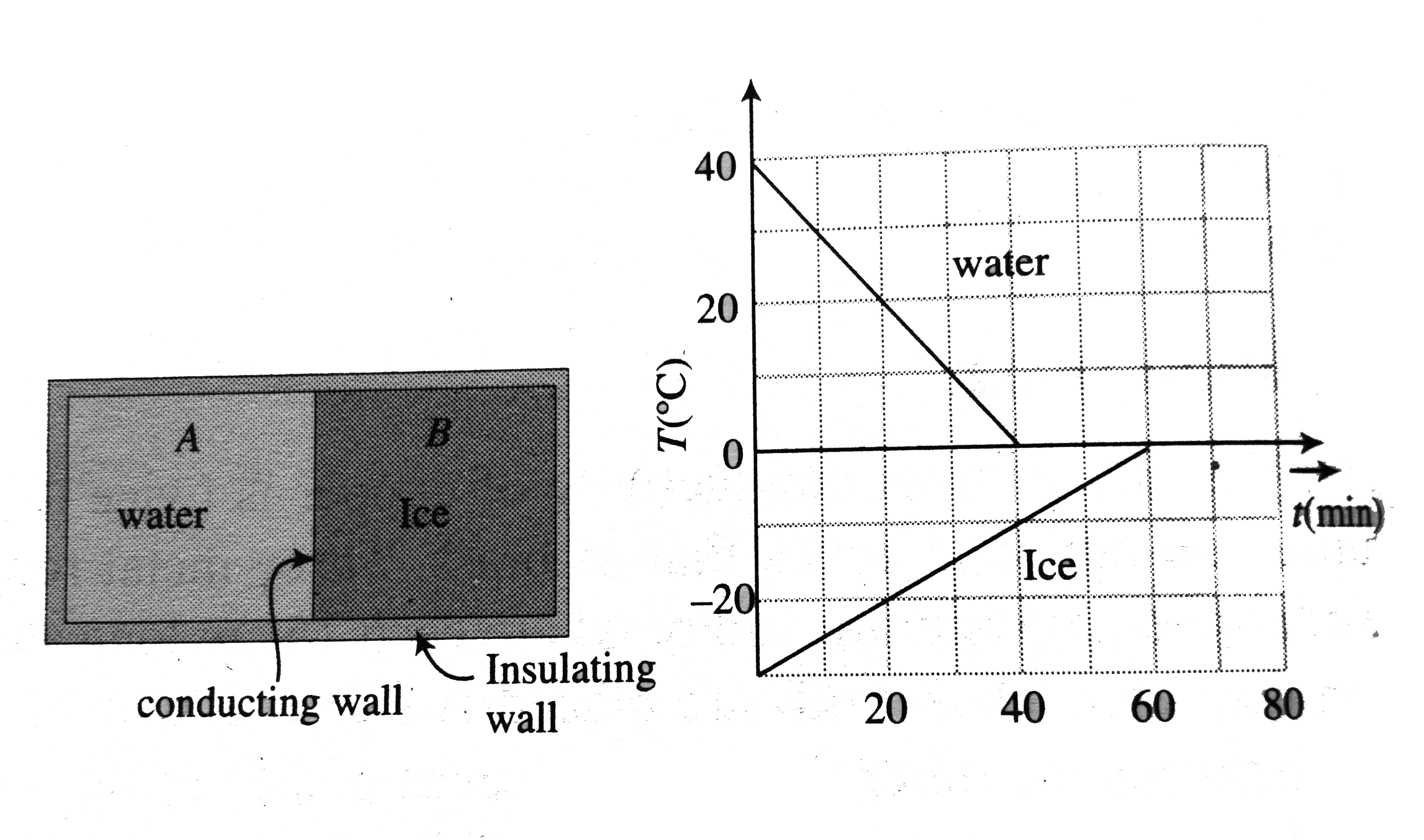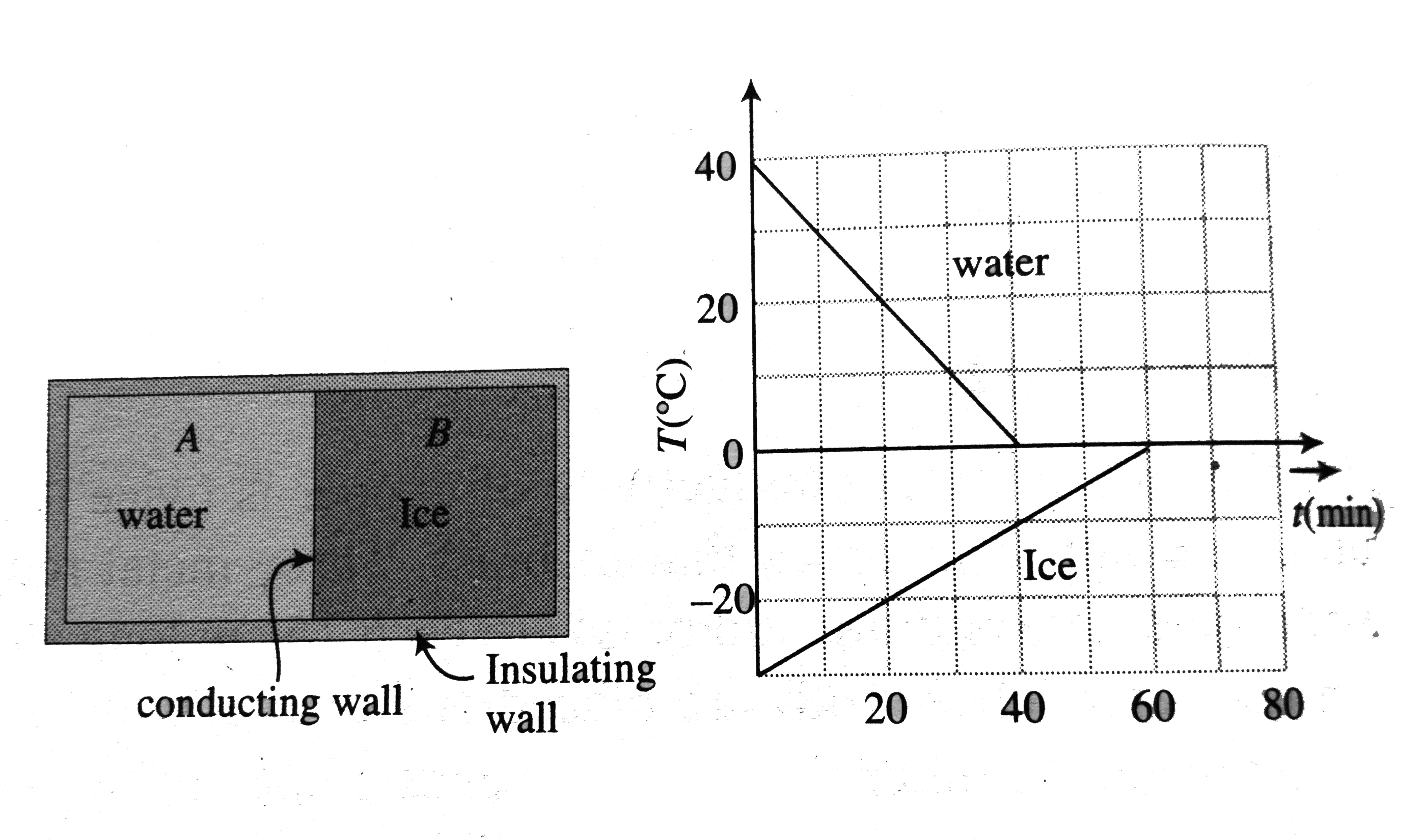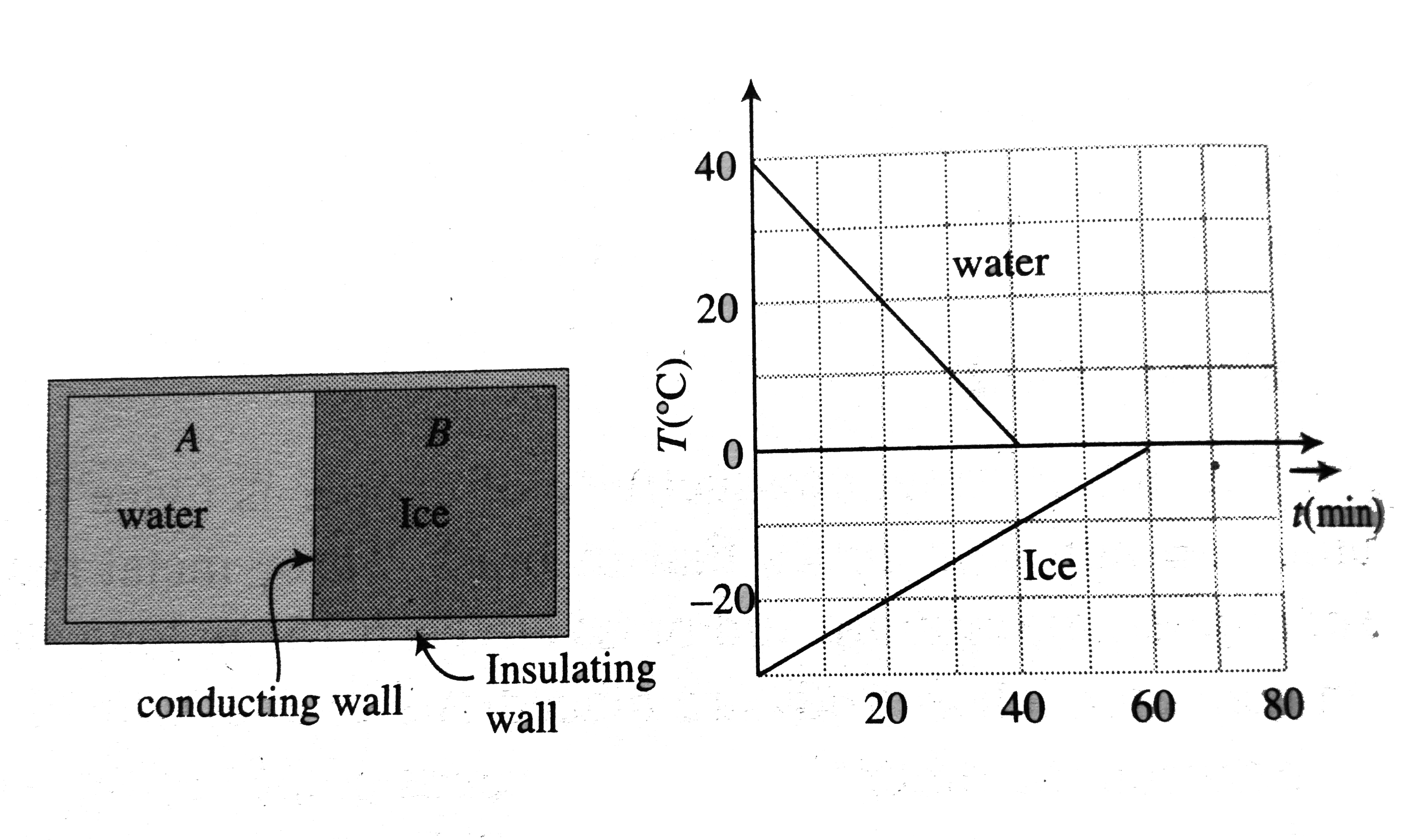A sample of liquid in a thermally insulated constant ( a calorimetre ) is strirred for 2 hr. by a mechancal linkage to motor in the surrounding ,for this procees :
w<0,q=0,ΔU=0
w>0,q>0,ΔU>0
w<0,q>0,ΔU=0
w>0,q=0,ΔU>0
The correct Answer is:D
Step by step video, text & image solution for A sample of liquid in a thermally insulated constant ( a calorimetre ) is strirred for 2 hr. by a mechancal linkage to motor in the surrounding ,for this procees : by Chemistry experts to help you in doubts & scoring excellent marks in Class 12 exams.
Updated on:21/07/2023Topper's Solved these Questions
- THERMODYNAMICSBOOK - RESONANCECHAPTER - THERMODYNAMICSEXERCISE - Exercise -2 Part-I: Only one option correct type
23 Videos
- THERMODYNAMICSBOOK - RESONANCECHAPTER - THERMODYNAMICSEXERCISE - Exercise-2 II: Single and double value integer type
16 Videos
- THERMODYNAMICSBOOK - RESONANCECHAPTER - THERMODYNAMICSEXERCISE - H-1
1 Videos
- TEST SERIESBOOK - RESONANCECHAPTER - TEST SERIESEXERCISE - CHEMISTRY
50 Videos
Similar Questions
A sample of liquid in a thermally insulated container is stirred to increase the temperature.For this process (A) w<0;q=0;ΔU,=0, (B) w>0;q>0;ΔU>0], (c) w<0;q>0;ΔU,=0, (D) w>0;q=0;ΔU>0
View SolutionA liquid is stirred in thermally insulated container , for about 2 hrs. Which of the following si correct ?
View Solution
Knowledge Check
A sample of liquid in a thermally insulated constant ( a calorimetre ) is strirred for 2 hr. by a mechancal linkage to motor in the surrounding ,for this procees :
Aw<0,q=0,ΔU=0Bw>0g>0,ΔU>0Cw<0,q>0,ΔU=0Dw>0q=0,ΔU>0A sample of liquid in a thermally insulated container is stirred for 1 hr by a mechanical attachment to a motor in the surroundings, which of the following thermodynamic quantity for the system is zero
AWork (W)BChange in internal energy (ΔE)CChange in enthalpy (ΔH)DNone of theseIn a laboratory, liquid in a thermally insulated container is stirred for one, hr, by a mechanical linkage to a in surrounding, for this process:
AW<0,q=0BW<0,q>0CW<0,q>0DW>0,q=0

A 0.60 kg sample of water and a sample of ice are placed in two compartmetnts A and B separated by a conducting wall, in a thermally insulated container. The rate of heat transfer from the water to the ice through the conducting wall is constant P, until thermal equilibrium is reached. The temperature T of the liquid water and the ice are given in graph as functions of time t. Temperature of the compartments remain homogeneous during whole heat transfer process. Given specific heat of ice =2100J/kg−K, specific heat of water =4200J/kg−K, and latent heat of fusion of ice =3.3×105J/kg.
Initial mass of the ice in the container equal to
View Solution
A 0.60 kg sample of water and a sample of ice are placed in two compartmetnts A and B separated by a conducting wall, in a thermally insulated container. The rate of heat transfer from the water to the ice through the conducting wall is constant P, until thermal equilibrium is reached. The temperature T of the liquid water and the ice are given in graph as functions of time t. Temperature of the compartments remain homogeneous during whole heat transfer process. Given specific heat of ice =2100J/kg−K, specific heat of water =4200J/kg−K, and latent heat of fusion of ice =3.3×105J/kg.
View Solution
A 0.60 kg sample of water and a sample of ice are placed in two compartmetnts A and B separated by a conducting wall, in a thermally insulated container. The rate of heat transfer from the water to the ice through the conducting wall is constant P, until thermal equilibrium is reached. The temperature T of the liquid water and the ice are given in graph as functions of time t. Temperature of the compartments remain homogeneous during whole heat transfer process. Given specific heat of ice =2100J/kg−K, specific heat of water =4200J/kg−K, and latent heat of fusion of ice =3.3×105J/kg.
The mass of the ice formed due to conversion from the water till thermal equilibrium is reached is equal to
View Solutionone mole of an ideal gas at 300k in thermal contact with surroundings expands isothermally from 1.0 L to 2.0 L against a constant presses of 3.0 atm. In this process. The change in entropy of surrroundings (ΔS) in J−1 is
(1 L atm = 101.3 J)
View SolutionOne mole of an ideal gas at 300 K in thermal contact with surroundings expands isothermally from 1.0 L to 2.0 L against a constant pressure of 3.0 atm. In this process, the change in entropy of surroundings (ΔSmax) in JK−1 is
View Solution
